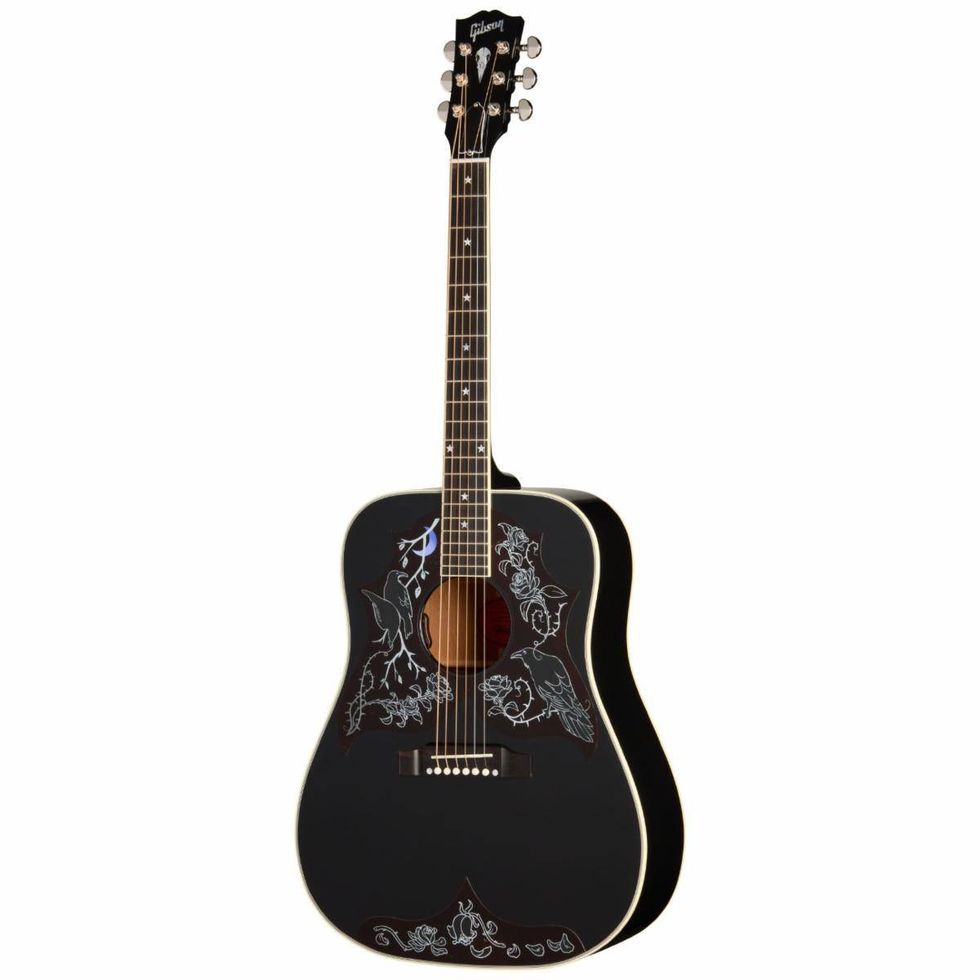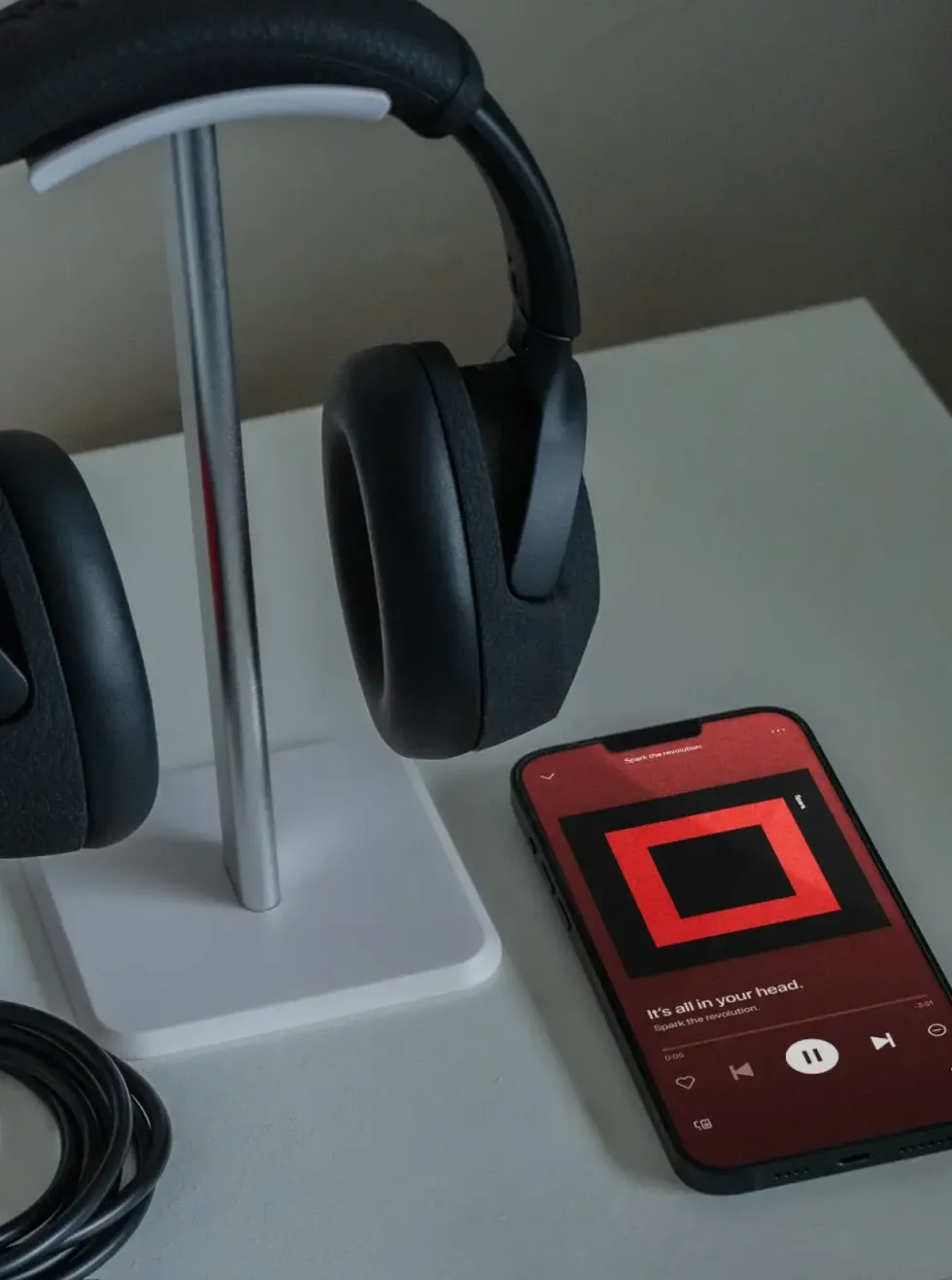John Petrucci, St. Vincent, James Valentine, Steve Lukather, Tosin Abasi, Cory Wong, Jason Richardson, Fluff, and more are donating instruments for contributors, and contributions are being accepted via this LINK.
The L.A. wildfires have been absolutely devastating, consuming more than 16,200 structures, and tens of thousands of people–including many members of the LA music community–have been displaced, as well as 29 persons killed. Historic gear company Ernie Ball has stepped up with a large-scale fundraiser, for MusicCares and the Los Angeles Fire Department Foundation, to assist those impacted by the fire and responders on the front line. The company kicked off the initiative with a $50,000 donation.
“We are absolutely crushed by the devastation Los Angeles has endured over the past few weeks,” CEO Brian Ball said in a statement. “As a California-based company with origins as a small retailer in LA County, seeing the impact of these fires in our community is heartbreaking.
Message from Tim Henson
Tim Henson is donating one of his own Ibanez TOD10N guitars for the cause.
“That’s why we’re partnering with our family of artists to give back in a unique way. In addition to our donation, Ernie Ball artists are stepping up to donate personal guitars and gear—truly one-of-a-kind pieces that money can’t buy. Here’s how you can help: Donate any amount and we will randomly give these items away. Every dollar goes directly toward helping those affected by these devastating fires. If you can’t donate, sharing this message can still make a huge impact,” Ball declared.
The fundraiser will continue until February 14.

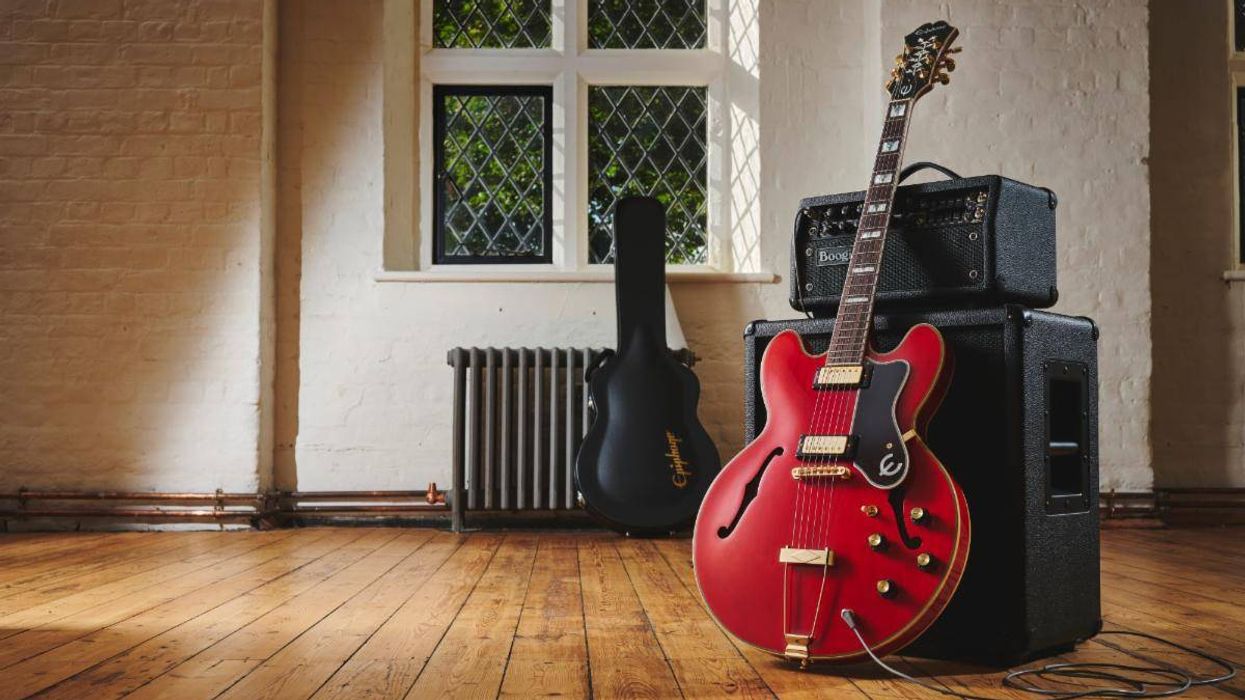

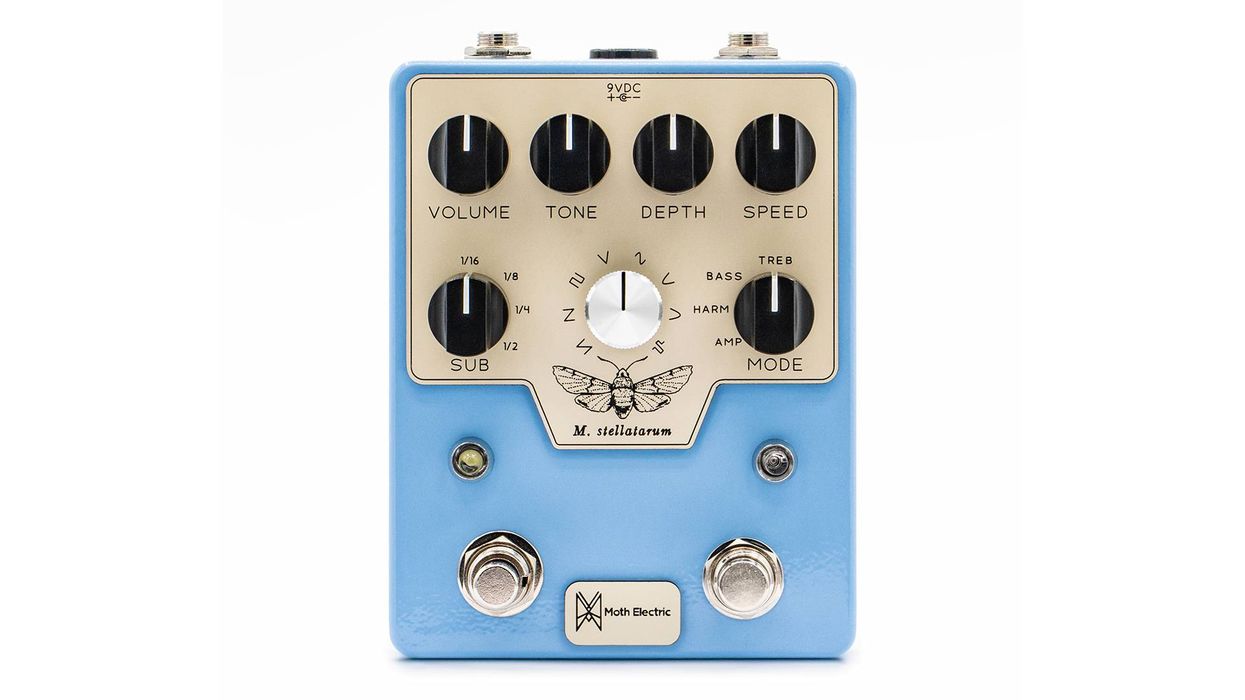
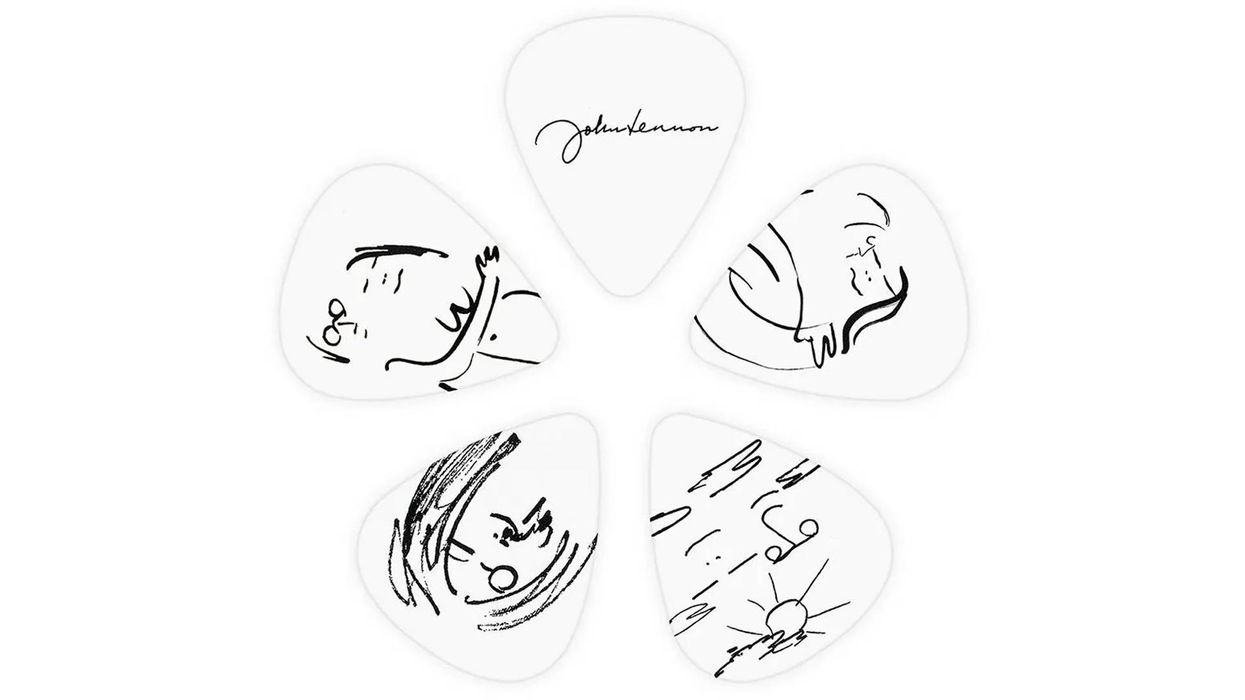
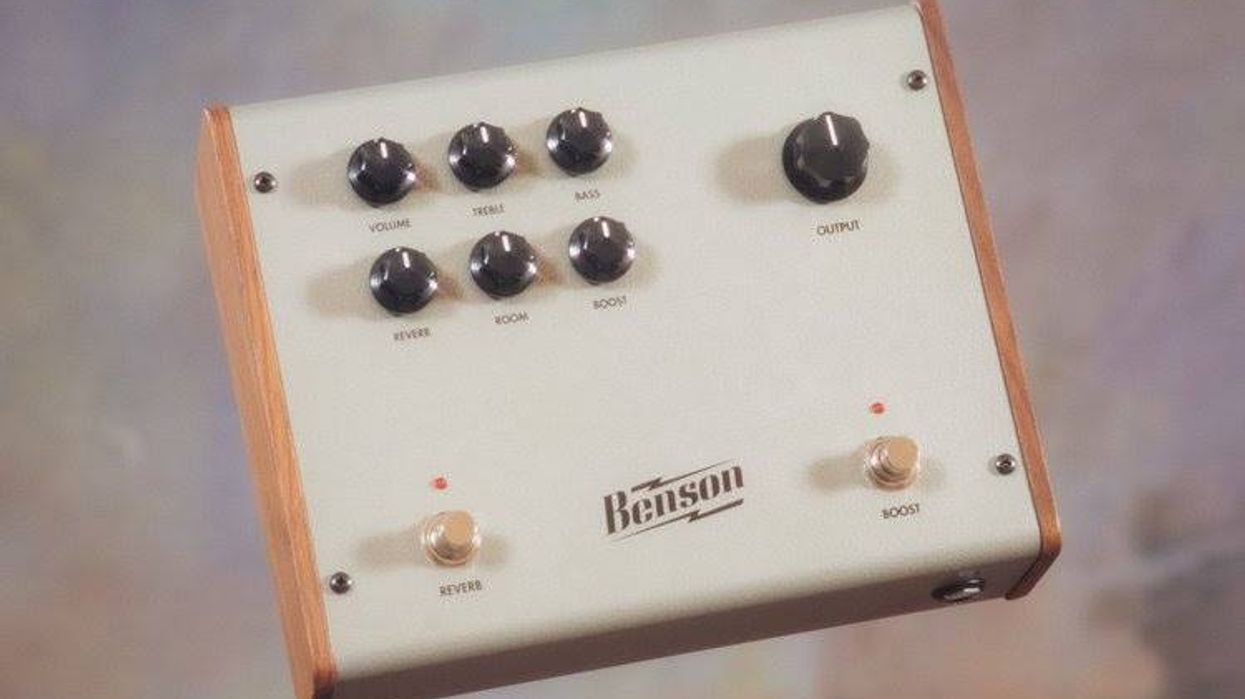
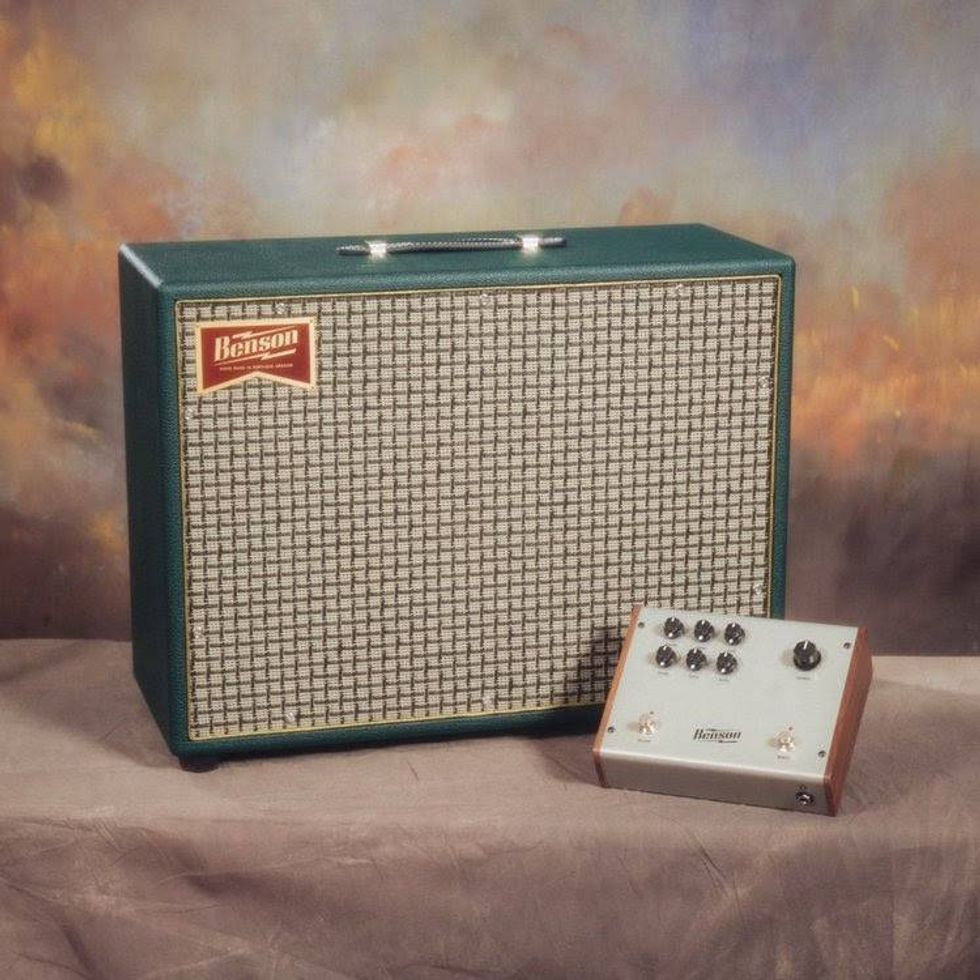

![Devon Eisenbarger [Katy Perry] Rig Rundown](https://www.premierguitar.com/media-library/youtube.jpg?id=61774583&width=1245&height=700&quality=70&coordinates=0%2C0%2C0%2C0)








